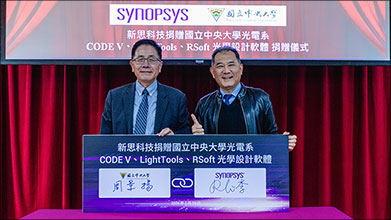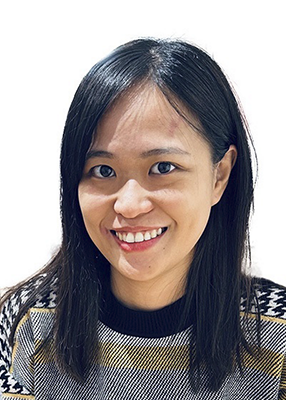Cloud native EDA tools & pre-optimized hardware platforms
Early Life and Founding of ORA (Optical Research Associates)
In 1953, Thomas I. Harris started his career at Bell & Howell Company in Chicago testing lenses, filters, and optical materials. Within a year, he programmed accounting machines to perform ray tracing for lenses and researched early methods of lens design optimization. This work would form the foundation for Harris’ later success co-creating CODE V, the first software to optimize zoom lenses. Long recognized by colleagues and the optics community for his many contributions to the field, Harris passed away on January 16, 2021, at the age of 90.

In 1963, Harris founded Optical Research Associates (ORA) – now the Optical Solutions Group at Synopsys. He served as President of ORA from 1963 – 1991 and was Chairman and CEO from 1991 – 2000. Harris retired as CEO in 2000, but he continued his work as Chairman of the ORA Board of Directors until 2006. In 2010, ORA was acquired by Synopsys.
“The optical community has lost a friend, a colleague, and a brilliant mind,” said Stuart David, vice president of engineering in Synopsys’ Optical Solutions Group. “As an early pioneer in the field of optical design software, Tom Harris revolutionized and advanced the way people look at and solve optical design problems. Many of his innovations remain in CODE V today and have stood the test of time as the industry’s best. Tom is remembered for his integrity and his dedication to the success of ORA’s customers, as well as his kindness and generosity to friends, family, and Optical Solutions colleagues. He will be greatly missed.”
Harris grew up in Wisconsin and received a B.S. degree in Physics from the University of Wisconsin in 1952. He received an M.S. degree in Optics and Physics at the University of Rochester, where he studied with renowned professors Rudolph Kingslake and Robert Hopkins.
Harris’ 10 years of experience with Bell & Howell in optical design and computer programming was the foundation for ORA. One of ORA’s earliest engineering projects was for Cinerama Corporation, which was in the process of converting their 3-panel projection systems into a single wide, deep screen projection system, requiring extensive distortion correction.
Revolutionary Contributions: From CODE V to NASA
Harris collaborated with ORA colleague Darryl Gustafson to create an integrated set of optical design tools that eventually became CODE V, now an industry-standard software program for optical engineering. By the early 1970s, the reputation of ORA’s optical design tools had grown to the point where engineers from the around the world traveled to the company’s offices to lease time on ORA’s mainframe computers to do their design work.
In 1975, ORA offered CODE V for lease packaged with a minicomputer, providing a complete, standalone design solution. For more than 45 years, CODE V has been instrumental in the development of all types of imaging systems, including automotive, medical, industrial, aerospace, government, and consumer applications.

CODE V is also notable as a key tool for NASA’s Great Observatory missions such as Chandra, the Hubble Space Telescope (HST) 1st Servicing Mission, and the soon-to-be-launched James Webb Space Telescope (JWST).
Harris continued to lead ORA through many successful optical engineering and software projects. In 1995, ORA expanded its software offerings with the introduction of the LightTools product for illumination optics design and optimization.
In addition to inventing automatic optical design methods, Harris contributed to a wide range of innovations in global optimization techniques, tolerancing methods, environmental and narcissus calculations, and modeling of partial dispersions of optical glasses. Harris was an early contributor to embedding optical engineering expertise in CODE V to help guide users in their design work.
Community Involvement and Awards
Harris was an active volunteer in the optics community. He served as Treasurer of SPIE for 11 years and was a longtime member of the Optical Society of America (OSA), where he served on the Finance Council and Technical Coordinating Committee.
Harris was a Fellow of both SPIE and OSA. In 1998, he received SPIE’s Gold Medal for lifetime achievement in lens design as well as continuous service to optical engineering. Harris also received the OSA Joseph Fraunhofer Award in 1990, SPIE’s Presidents Award in 1992, and was co-recipient with Darryl Gustafson of the SPIE Technology Achievement Award for the development of CODE V in 1984. In 1995, he was made a Life Member of SPIE. Harris held five U.S. patents in the field of optics and published numerous technical papers.










